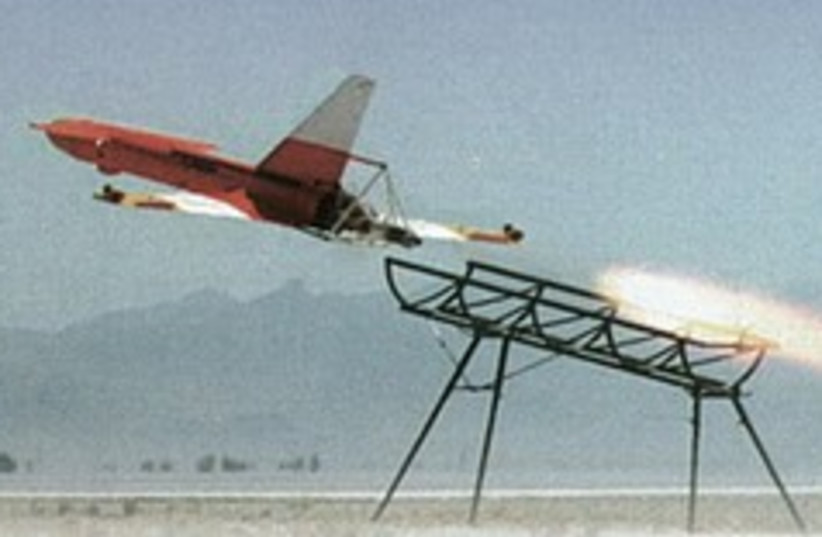A Hezbollah drone and missile attack on April 17 wounded 14 soldiers and 4 civilians in the village of Arab al-Aramshe in northern Israel. The first and second drone attacks on April 16 near Beit Hillel and Kiryat Shmona both involved similar types of drones – the Ababil model drones.
Hezbollah often uses rockets, missiles, and drones in its attacks. These include around 150,000 rockets as well as anti-tank missiles, up to 2,000 drones, and also the new Hezbollah Burkan heavy warhead rockets. These are drones that are modeled on the Iranian Ababil drone.
The Ababil variety of drones has been around for decades, but they have only recently involved a new generation of Kamikaze drones. These types of drones include a warhead in a fuselage and have two sets of wings. The wings are oddly shaped such that two short wings are in the front and two larger wings are in the back, the opposite of how most planes are shaped, where there are two large wings up front and then a tail section.
Information about Hezbollah's drones
The drone sounds like a flying lawnmower. It is not as advanced as the Iranian Shahed 136, the delta-shaped drone that has been exported to Russia and was used in the attack on April 13-14 against Israel.
Notably, the Ababil-type Kamikaze drone, sometimes called the Ababil-2 or Ababil-T, is similar to the type being used by Hezbollah. The same type of drone design was exported by Iran to other proxies and allies. Iraq, the Houthis in Yemen, and Palestinian terrorists also have them. The drone is easy to make and that’s what makes building it simple via blueprints and designs.

These types of drones in Yemen were seen as being part of the Qasef model, and they were often used against Saudi Arabia. They can be detected by radar and shot down by warplanes. However, they have a relatively small radar cross signature which may make them difficult to detect in some terrains.
It is not entirely clear how the Ababil’s guidance system works. Some versions of the Houthi drones have used gyroscopes. In essence, this made these drones not altogether more complex than the German V-1 rocket of World War II.
However, the drones have become more advanced and more precise in recent years. This makes them a deadly weapon system. Hezbollah has indeed demonstrated in the last two days that it can put these drones to use when targeting specific areas.
Hezbollah took responsibility for the attack on April 17 and claimed it targeted the IDF in the Arab region of al-Aramshe. This illustrates that the drones are being used in combination with Hezbollah’s latest information that it gathers, and also in combination with rockets and missiles in other attacks. Hezbollah is very careful in choosing targets and it often claims to be responding to Israeli attacks.
The range of the drones likely makes them a problematic weapon system even if Hezbollah does withdraw from the border. However, the Burkan heavy rocket that Hezbollah also uses has only a short range of up to 10km., and that means that if Hezbollah withdraws, it will not be able to use the Burkan or anti-tank guided missiles as effectively as before.
